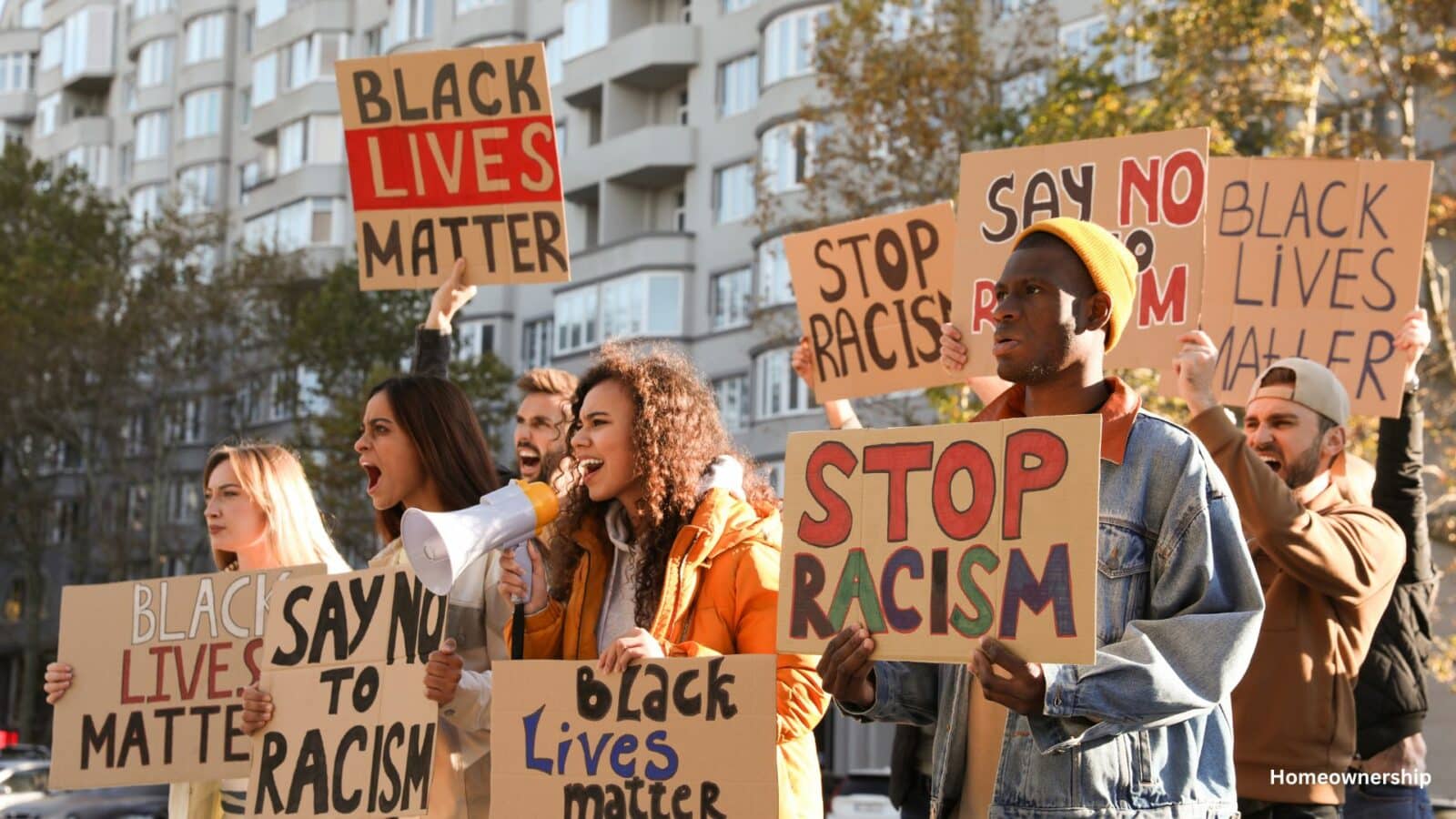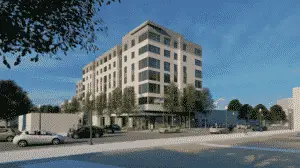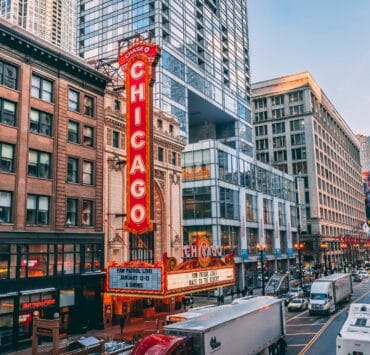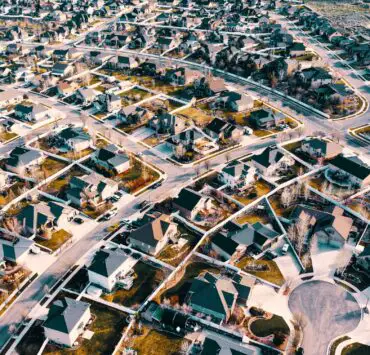Discrimination against Black and Hispanic communities in housing and homeownership remains a significant issue in the United States. Despite legal protections, these communities face numerous challenges in renting and buying homes, exacerbated by systemic inequities and discriminatory practices. This article explores recent studies and reports that highlight these persistent problems, providing a comprehensive overview of the current situation.

Discrimination Against Black and Hispanic Communities
Eviction Risks and Housing Cost Burdens
Black and Hispanic renters are disproportionately at risk of eviction and face higher housing cost burdens. A report by the Harvard Joint Center for Housing Studies revealed that over half of Black and Hispanic renter households were cost-burdened before the COVID-19 pandemic, spending more than 30% of their income on housing. The pandemic exacerbated these disparities, with Black and Hispanic renters twice as likely to be behind on housing payments and at risk of eviction compared to white renters. In 2019, 29% of Black and 26% of Hispanic renter households were severely cost-burdened, spending over 50% of their income on housing (Harvard Joint Center for Housing Studies).

Racial Discrimination in Rental Markets
A study in New York City found significant racial discrimination in the rental housing market against Hispanic renters. The study noted that rental inquiries from Hispanics were less likely to be returned compared to those from white individuals. While interventions aimed at reducing discrimination showed some effectiveness for Hispanic renters, they were less effective for Black renters, indicating a deeper bias against Black individuals (PrincetonSPIA).
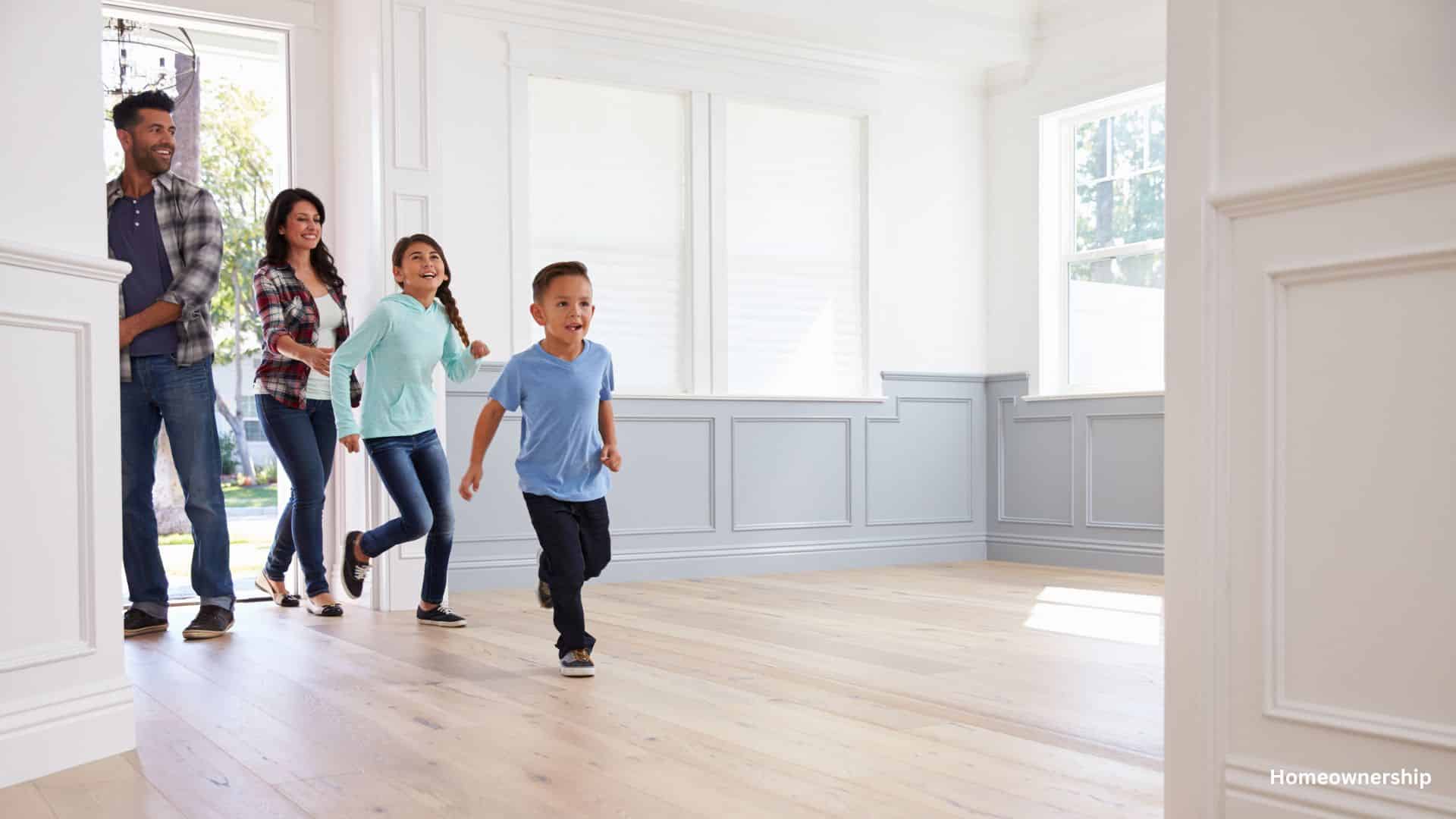
Discrimination in Mortgage Lending
Research from Berkeley Haas highlighted that both face-to-face and algorithmic mortgage lenders charge higher interest rates to Black and Latino borrowers compared to white borrowers with similar credit scores. This form of discrimination results in minority borrowers paying significantly more in interest annually, contributing to their financial burdens. The study found that Black and Latino borrowers pay 5.6 to 8.6 basis points higher interest on purchase loans than white and Asian borrowers, costing them up to $500 million more annually (Haas News | Berkeley Haas).
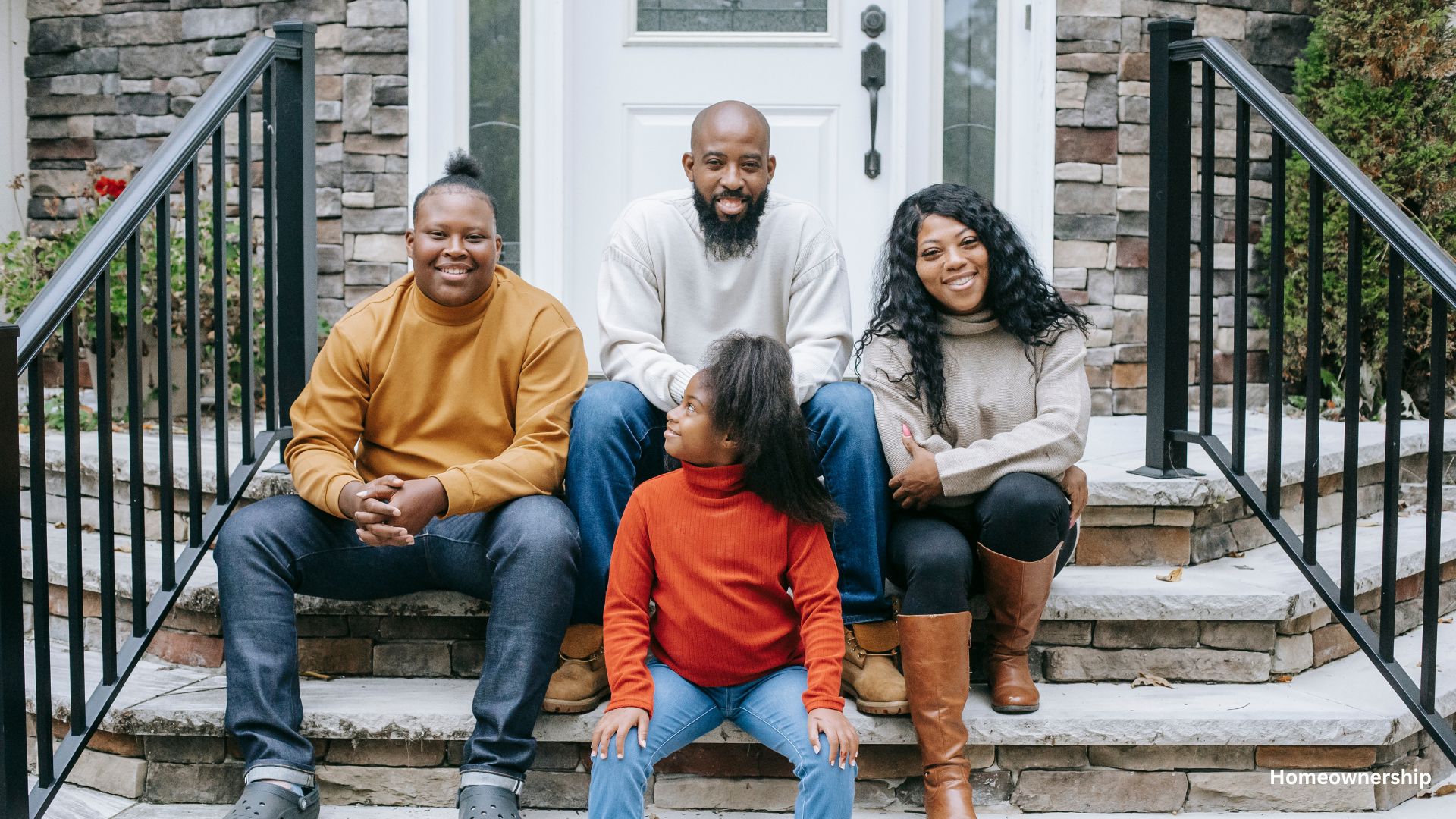
Racial Disparities in Income and Homeownership
The National Low Income Housing Coalition reported that Black and Hispanic households are more likely to be extremely low-income renters and face severe cost burdens in housing. Historical and ongoing discrimination in real estate, lending practices, and federal housing policies have made homeownership difficult for minorities. Black and Hispanic households also have disproportionately fewer savings and assets, which makes them less able to weather financial shocks and achieve homeownership (National Low Income Housing Coalition) (Bipartisan Policy Center).
Home Value Disparities
Homes owned by Black and Hispanic homeowners are often undervalued compared to those owned by white homeowners. A Zillow analysis found that typical homes in majority Black neighborhoods are worth 23% less than similar homes in neighborhoods with few or no Black residents. This undervaluation has led to a significant loss of wealth and opportunity for Black and Hispanic homeowners (UCLA).

Discrimination against Black and Hispanic communities in housing and homeownership is a multifaceted issue rooted in systemic inequities and discriminatory practices. The combined effects of higher housing costs, discriminatory rental and lending practices, and economic disparities contribute to the ongoing challenges faced by these communities. Addressing these issues requires comprehensive policy interventions and continued efforts to dismantle the systemic barriers that perpetuate housing discrimination.
